Author: John-Joe Vollans
Photography: Manufacturers
Fully aware we’re coming across as luddites, and that many a modern automated manual or clever dual-clutch transmission will shift faster, we’ll nevertheless die on the manual transmission hill.
There’s nothing quite like the engagement that comes from changing your own gears. It’s a fundamental part of driving and always has been. If you’re a fan of interacting with a one-to-one, human-to-machine ratio then nothing comes close. However, not all gearshifts were created equal, with the worst akin to stirring cold porridge and the best like cycling a well-oiled rifle bolt, here we list some of the latter killer shifts that, in our experience, are among the best from the modern classic era.
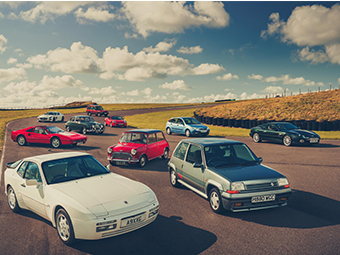
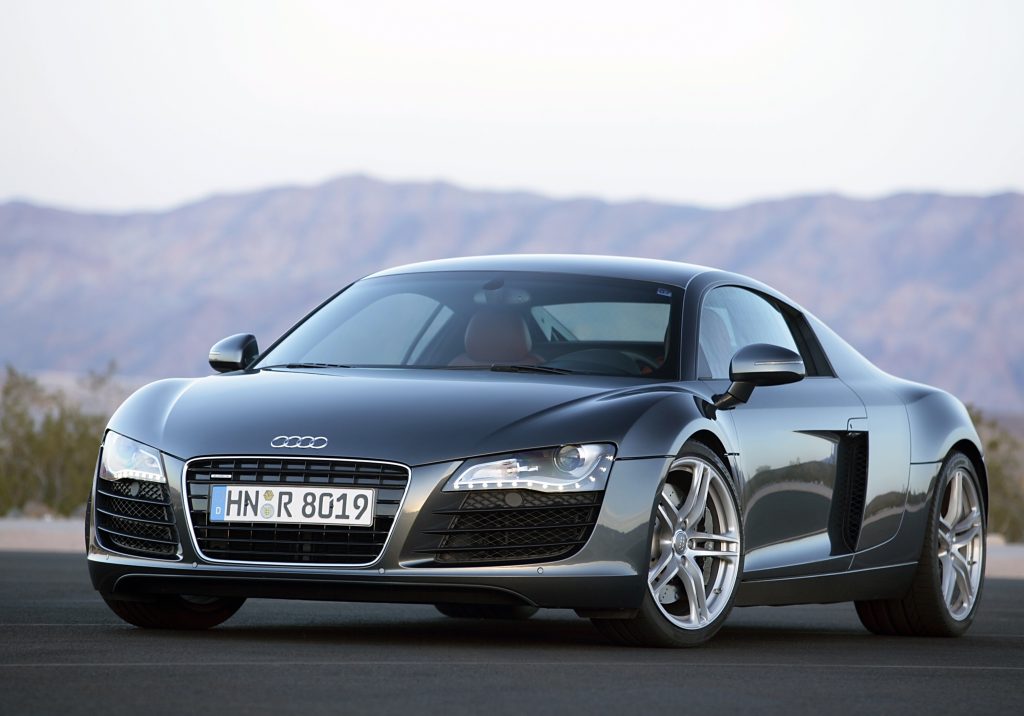
Audi R8 (2006-2015)
One of the most seductive phrases you can whisper into the ear of a transmission lover is ‘gated six-speed manual’. The typically Teutonic accuracy of Audi’s shift in the R8 is one of the best from any era. Some might prefer a shorter shift – easily cured with an aftermarket kit – but there’s no denying that rowing through the ratios in an R8 is a rare treat. Match this manual transmission nirvana to Audi’s masterpiece V10 engine and you have one of the greatest sports car experiences out there.
Anyone with a vague degree of mechanical sympathy, or coordination, can shift up through this Audi’s gears with ease, but the real joy comes from rev matching – without a computer doing it for you – on the way down. The pedals in the R8 are a decent size and ideally spaced for heel-and-toe shifts that make you feel like a Le Mans ace.
The way you interact with a transmission is paramount to a great sporting experience and the R8 utterly nails this. It’s not too baulky or resistant, but neither does it feel overly assisted or sloppy. Its sits in the transmission equivalent of the Goldilocks zone, which makes it even more of a shame that it’s been resigned to history.
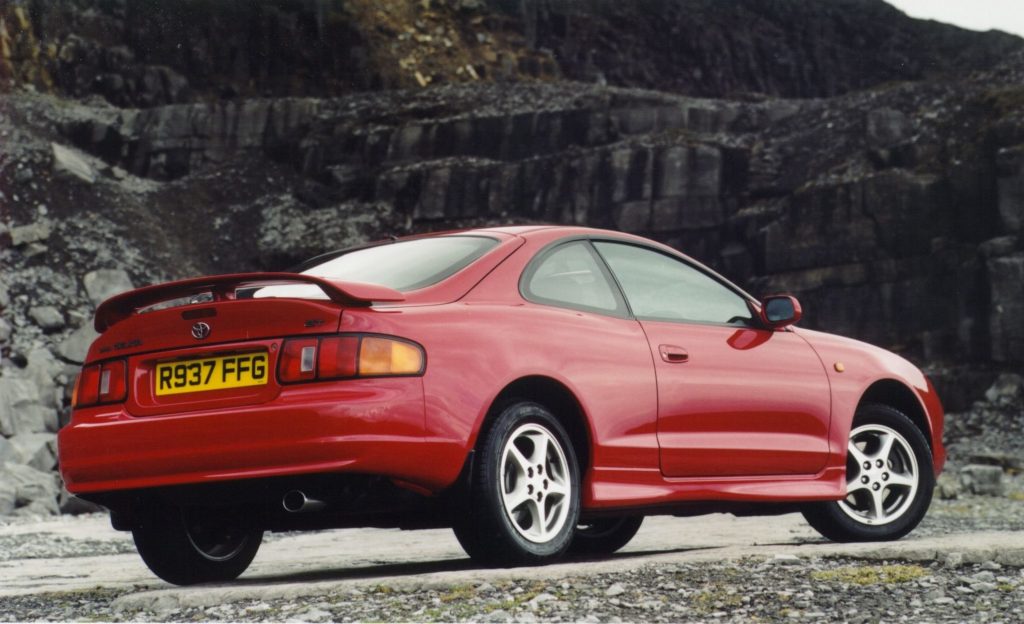
Toyota Celica (1994-1999)
Several Japanese sports cars or coupes from the 1980s and 1990s could have occupied this slot. The original MX-5 gets a lot of love for its shift quality, and rightly so – even if it’s a little more reluctant than it needs to be – but one of the least sung, and therefore hidden gems, came from Toyota.
The later Celica models, somewhat ironically, sat in the shadow of the Supra. Having spawned the latter in the first place, back in the late-1970s, the four-cylinder Celica occupied the more affordable end of Toyota’s coupe range, while its six-cylinder Supra sibling concentrated on superseding Nissan Z sales.
By the early-1990s, Toyota had a lot to brag about, with Celica drivers having taken the top step of the WRC podium on 16 occasions. Driver’s titles for Carlos Sainz, Juha Kankkunen and Didier Auriol all came from driving Celicas, and it was this motorsport knowhow that made the road cars so great.
For its sixth outing, Toyota didn’t fare so well on the rough stuff, but this era’s road-going Celica was one of its best. The turbocharged GT4, famous for its starring role in the arcades in SEGA Rally, managed to split its 239bhp performance (255bhp in Japan) to all four corners, with a 50/50 front/rear split, making it rapid in all weathers.
Even the non-turbocharged GT and ST Celicas shared supremely accurate and positive transmission shift. Cable changes often don’t feel as weighty or as direct as rods, but for this Celica, Toyota utterly nailed it.
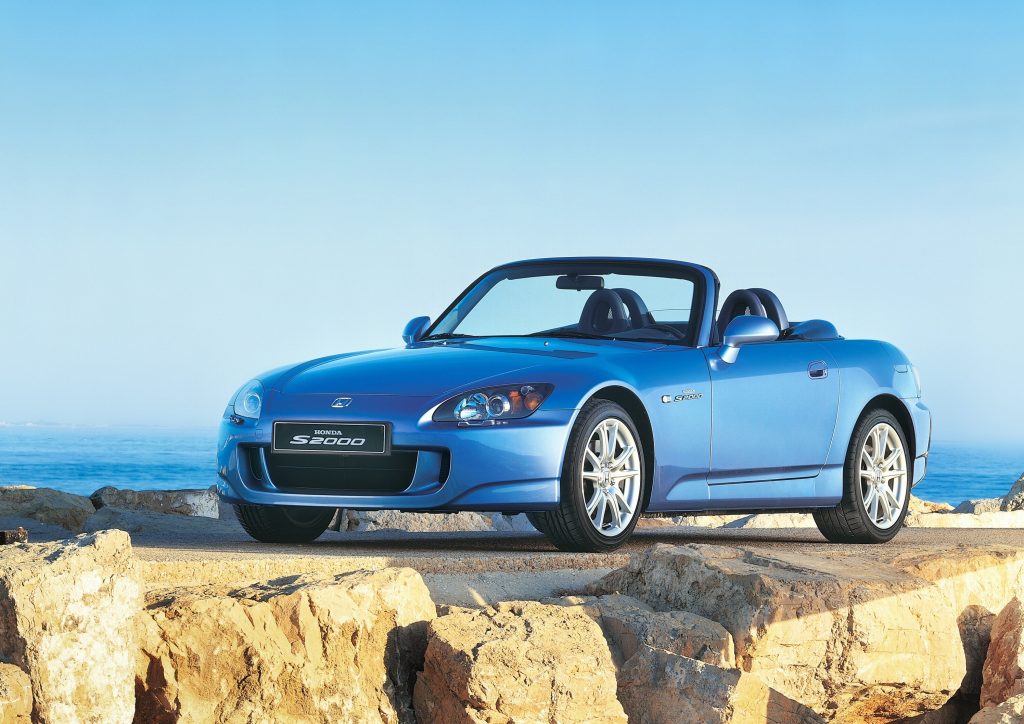
Honda S2000 (1999-2009)
With preposterously peaky performance, that placed the engine’s redline at a ridiculous (if fabulous) 9000rpm, it might seem as if the S2000 experience is dictated more by a lack of changing gears than a need for shifting. That’s certainly part of it, if you’re not trying to extract all the car’s 240bhp performance, however, needing to be in the power band is essential for a proper best B-road blast.
Honda’s masterpiece K20 engine, like all its VTEC-equipped four-cylinder motors, only comes alive at high rpms. In this instance, peak torque arrives at 7500rpm, at a point when most of its rivals are running out of steam.
With a power band so tight, being in the right ratio is vital and means shift quality must be on point. The S2000’s direct action, as the stick sits atop the transmission, can feel a little too reluctant, if you’re trying to manhandle it. The pattern and linkage seem perfectly machined to fall into place, if you don’t try to rush or force it. Let the shifter settle and find its sweet spot in the gate and you’ll be rewarded with some of the most positive click-clunk feedback out there.
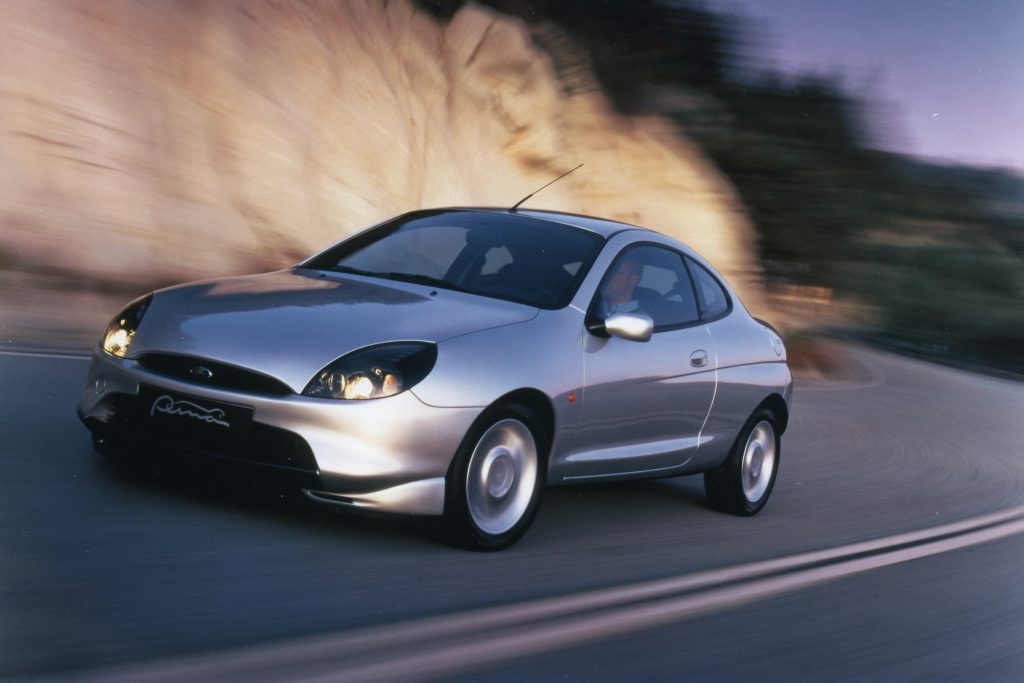
Ford Puma (1997-2001)
There are so many good things to say about Ford in the late-1990s. The Focus could just have easily occupied this slot, as its very similar cable-operated shift feels almost as good. The incisive handling and Zetec motors make this era of Ford a favourite among press-on drivers.
Probably the best of this already great bunch was the Puma coupe. This small sports coupe was built on the bones of the already excellent Fiesta MkIV. It had the looks, thanks to the excellent work of Ian Callum, crisp handling – credited to the equally accomplished input from engineering development chief Richard Parry-Jones – and willing performance to charm even the hardest of hearts.
A big part of the Puma’s affordable and affable appeal is its combination of willing and high-revving (especially the Yamaha co-developed 1.7-litre Zetec-SE) engines and its easy and accurate transmission shift.
The latter was the gateway to the Puma’s joyous driving experience and proving both accurate and efficient. The pint-sized Puma didn’t have a lot of grunt – even relative to other cars launched in 1997 – but the slick five-speed transmission allowed you to extract every last ounce of its 123bhp and 116lb ft. Who said great gearshifts must have to come at a premium.
Which car do you think has the best manual gearbox of all time? Let us know in the comments below.
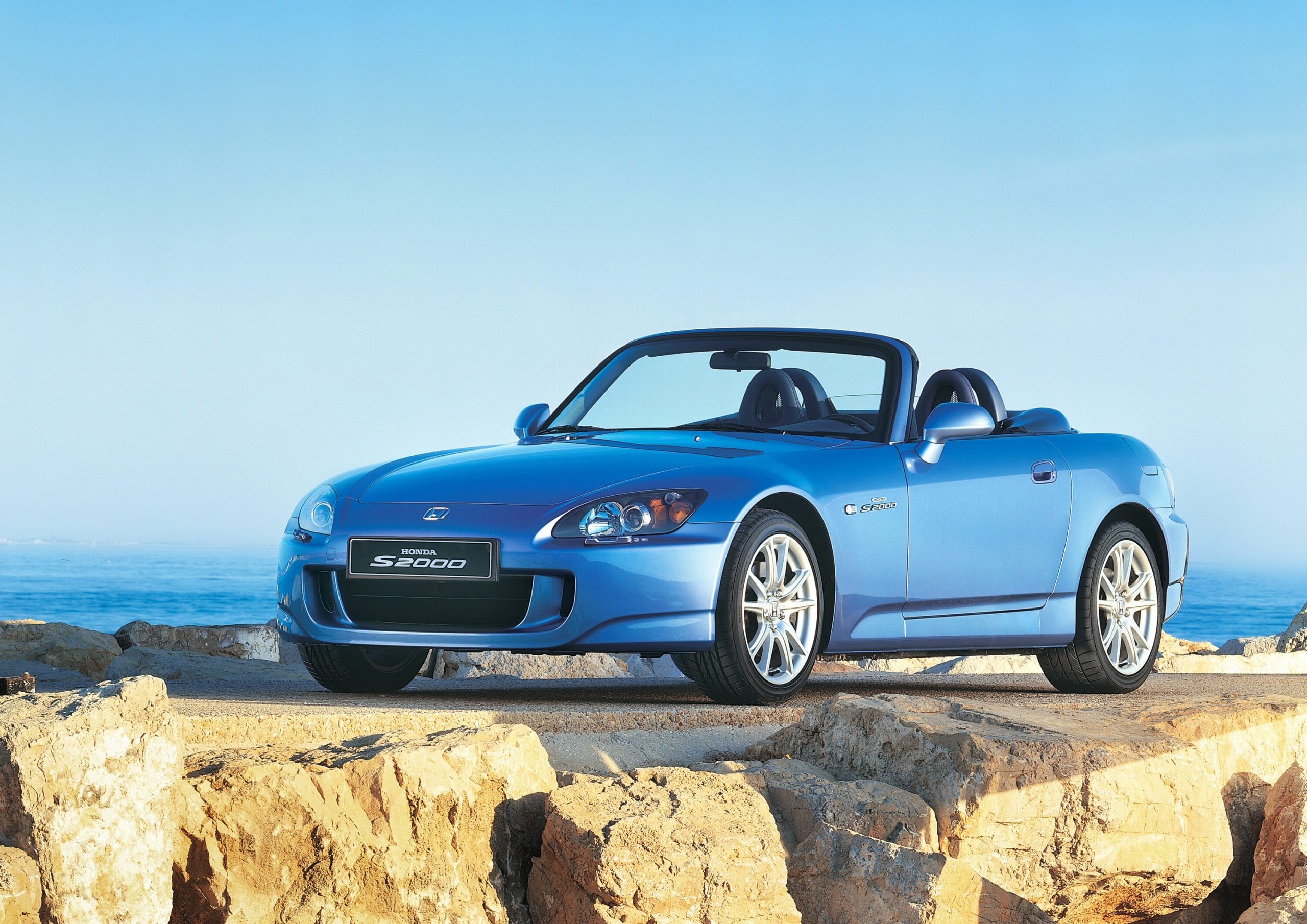
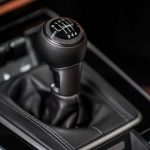

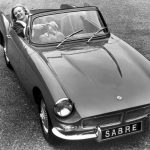






Japanese gearboxes were always smooth, right back to 70s Datsun 120y s but let’s not forget the 4 speed box in the Cortina, Right back to MK3, much better than 5 speed type 9 Sierra late Capri box.